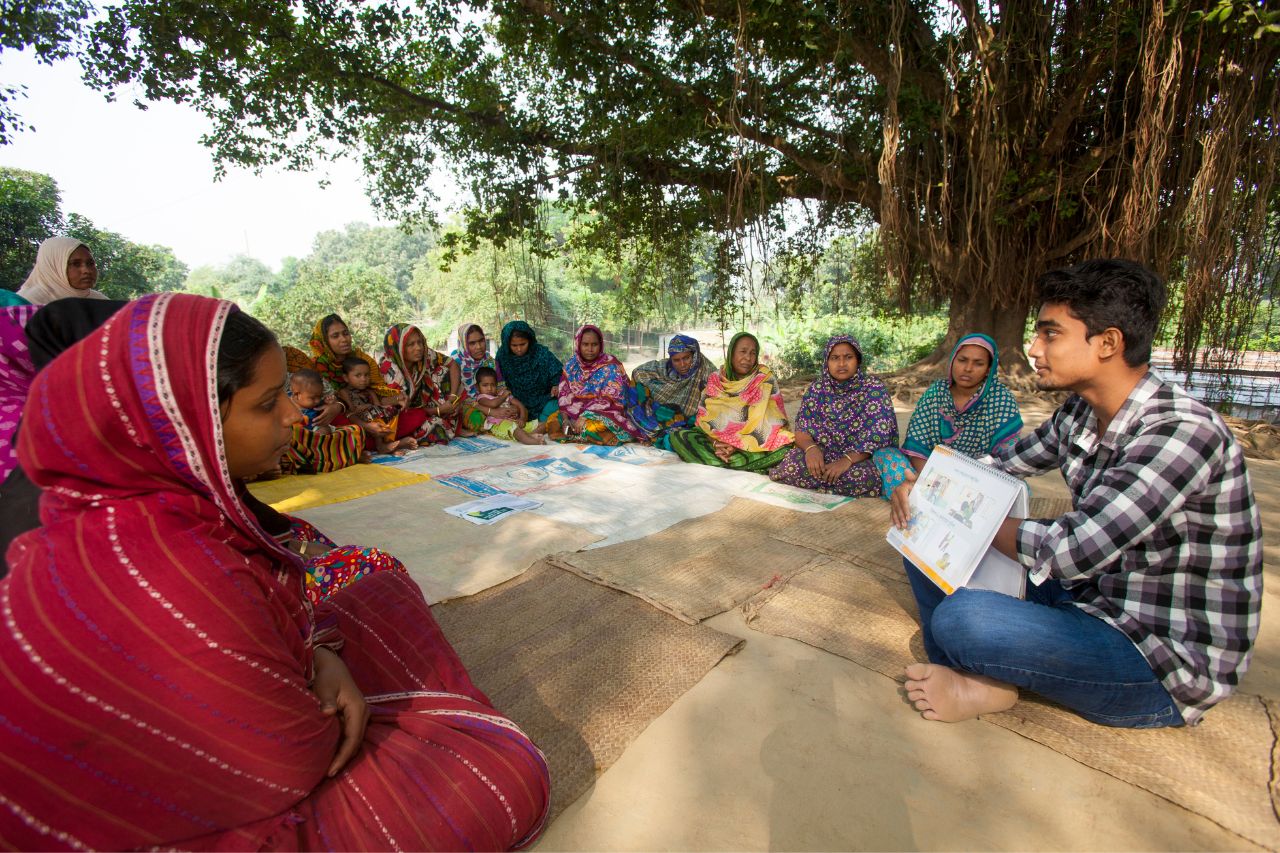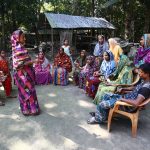Purses made digital: How fintechs can better serve women
Digital financial platforms are an enabler for financial inclusion, but approximately 740 million women globally still remain outside of formal or digital financial services. How can the fintech industry better tap into its potential for greater financial inclusion, so that women have the control over their purses?
Only a handful of digital financial services companies – or fintechs – have meaningfully included underserved communities, particularly women, in their product designs. The quest for an inclusive financial space is still a work in progress. Reflecting on BRAC’s experience of supporting 1.4 million women across Bangladesh to make the digital transition, here’s what we have learnt on how organisations can effectively design inclusive digital financial products for women.
Step into the user’s shoes
Financial products and platforms must be designed keeping in mind the diverse needs and aspirations for all their clients – not only men.
For instance, contrary to the common assumption that an easy cash-out system is what clients prefer, Bangladesh-based mobile financial services (‘MFS’ hereafter) company bKash learned that the priority for women living in poverty across Bangladesh was to protect their savings from male family members. That is why, in reality, women were seen to prefer the relatively cumbersome cash-out mechanism of microfinance organisations over the relative ease offered by the MFS platforms.
Review what already exists
Integrating digital finance into existing services is often more efficient than launching a completely new service. This was evident when BRAC’s Microfinance programme introduced digital instalments for its microloans alongside regular cash payments. Clients had the option to choose their preferred mode of payment, and ease of digital payments made the adoption quicker.
Timing, timing and timing
Understanding women’s priorities and financial concerns can provide actionable insights. A successful financial product should support the user at moments of critical transition in their lives such as finishing school, entering the workforce or becoming a mother.
Identify the appropriate mode of delivery
Communicating with clients in a language that is familiar to them, using sources they trust, and inspiring them with practical examples relevant to their community has worked well for BRAC in delivering services at the last mile. The same also applies for digital services.
A digital platform with a clean and simple user interface and language that allows easy navigation encourages clients to build confidence in the technology and use it in the long run.
Involve those who actually matter
Solutions must come from those who are closest to the challenges – in this case, the users themselves.
For mechanisms to be accessible to women, they must be designed, tested and validated with the actual end users – women. Their feedback on what worked and what did not is crucial to pilot and perfect the products accordingly.
Prepare for digital transition
Digital transition does not happen in a vacuum. It requires collaboration between communities going through the transition and the groups facilitating it. Therefore, clients’ ease of access must be a priority for implementers.
Onboarding needs to be a gradual transition with the right engagement strategies. For example, BRAC Microfinance programme’s three-months client onboarding process starts with an in-person event and the sharing of traditional sweets. The key is to make people feel at home that is culturally appropriate – a ‘welcome’ that they can relate to. The meetings over the next three months discuss the existing financial tools clients use, and familiarise them with digital financial tools.
We’ve seen that the uptake of digital financial services goes up when a cohort of women from the same community engage regularly in groups to explore the advantages of such services in their own lives.
Equipping underserved clients to independently use services is a vital part of the transition. Hands-on training sessions, group meetings, text messages, in-person consultations, and visual content such as stickers and music videos have proven useful in BRAC’s work to introduce digital financial tools in remote communities. Fintechs can consider investing in appropriate use-cases to enable women to repeatedly engage with their digital platforms. Engaging families in supporting women to take this digital leap can also be considered to streamline the transition.
Resistance is part of the process and can be dealt with by embracing change. BRAC, for example, digitised its lunch tokens, allowance disbursements and staff salaries, in an effort to familiarise staff members with mobile money. Once they started recognising the potential of digital tools, they made the transition with relative ease. Early adopters acted as agents of change, setting an example for others to follow.
More women with digital wallets does not necessarily mean greater digital financial inclusion. Fintech platforms can only be truly inclusive when women become confident and capable users with complete control.
On that note, practitioners from the global south came together at BRAC’s Runway to Frugal Innovation Forum in May 2022, to discuss how to scale in the digital space to positively impact women’s economic empowerment and financial inclusion. To learn more about the forum and the insights shared, visit: https://innovation.brac.net/fif2022/r2fif/
Erina Mahmud is the Knowledge Management Consultant with the Social Innovation Lab, BRAC. Khondokar Anwar Shadat is the Manager, Frontier Technologies at Social Innovation Lab, BRAC. Durdana Mahfuz is the Business Designer at Social Innovation Lab, BRAC. Raiya Kishwar Ashraf is the Knowledge Management and Partnerships Manager at BRAC International.







